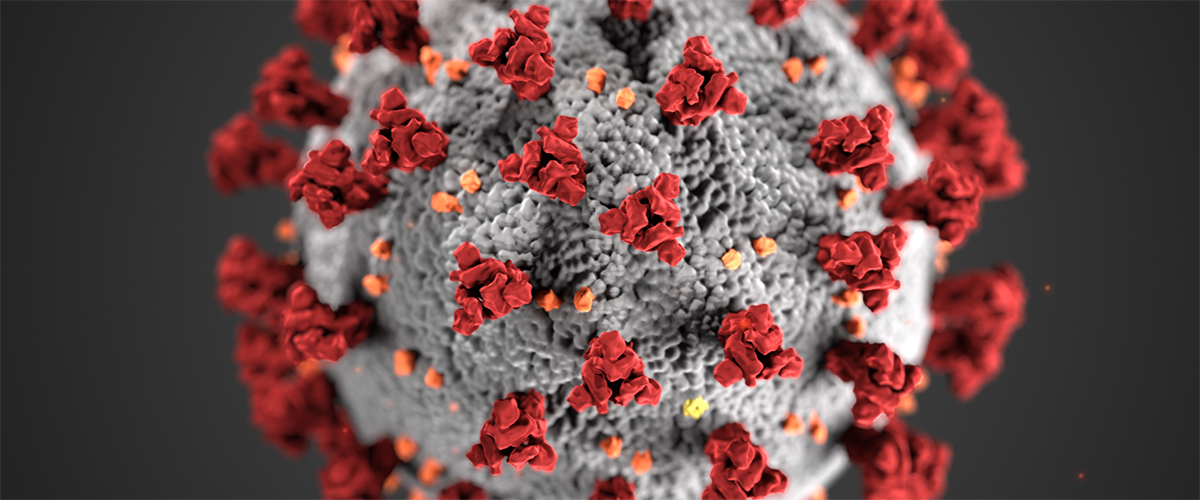Behavioral Health Collaboration May 6, 2020
Have you heard about the latest addiction problem in America? They’re calling it an explosion—a “heroin epidemic.”
Americans are turning to drugs in unprecedented numbers, and our leaders are concerned. In 2014, drug overdoses, largely from heroin and prescription pain pills, killed more people than car accidents, homicides, or suicides, and thousands of others are trapped in cycles of addiction and incarceration. People not normally portrayed as addicts in the media—like youth, soccer moms, and professionals in predominantly suburban and rural areas—are fueling the recent explosion of opioid drug use, broadening the visibility of drug addiction in communities largely untouched by the urban-based drug waves of the ‘80s and ‘90s.
In response, President Obama has asked for over $1.1 billion to address the problem. More than 20 governors have set up a task force to come up with recommendations to stop the scourge of addiction. Advocacy groups are pushing for a solution to this problem that is ravaging our communities, destroying families, and overburdening our local jails.
According to a recent report, 68 percent of jail inmates have a diagnosable substance abuse problem. However, less than 15 percent of people receive substance abuse treatment behind bars. It’s clear that the criminal justice system is not an effective response to public health problems. Our leaders are working diligently and in a remarkably nonpartisan way to address what could be the largest behavioral health issue of our time. A bill recently passed by an overwhelming majority in the Senate and awaiting a vote in the House would give grant money to help communities develop drug treatment programs as an alternative to incarceration and provide treatment and prevention programs for those behind bars, a promising step.
But in addition to legislative reform, to truly solve this drug crisis, we must also understand the basis of addiction. Our society has historically portrayed both crime and drug use as problems. Most parents, siblings, and friends of those living in addiction or engaging in criminal activity say to the person they love, “You have a problem.”
The truth is, for the person living in addiction, the drugs and alcohol are their solution, not their problem. The person has problems for sure, but we should be clear: they are seeking a solution—to loneliness, shame, traumatic experiences, or other causes of emotional pain—and they have chosen drugs as their antidote. The same is true for people who commit crime as a solution to problems like poverty, homelessness, or lack of employment. We need to help these people find better solutions, and this requires rethinking our perspective on addiction. The War on Drugs failed in part because it neglected the vital role of restoration throughout the criminal justice system.
Our criminal justice system is a place that commands the attention of people involved in it. In many cases, this attention lasts for years as they move through the different phases of the criminal case trajectory, and becomes all-encompassing during incarceration. What we do with this time to help people arrive at a constructive, worthy outcome is critical. Does our criminal justice system, from arrest and trial to sentencing and reentry, focus on solving the problems that lead to the crime? While in the system, are people exposed to a constructive culture to unwind the years of decisions that landed them in drug use and criminal activity? And what about those who have repaid their debt and found a healthy solution to their problems? Are we celebrating them and inviting them to use their experience for the benefit of others, or are we continuing to punish them to no end with collateral consequences of prior convictions, like disqualification from jobs?
Too many times, unfortunately, the answers to these questions show that we are missing an opportunity for rehabilitation, and as a result, overburdening our jails with people who cycle through them. In some jurisdictions, however, local leaders are rethinking how to improve both public health and public safety. In Gloucester, Massachusetts, the police chief, Leonard Campanello, made an announcement that “any addict who walks into the police station with the remainder of their drug equipment (needles, etc.) or drugs and asks for help will NOT be charged. Instead we will walk them through the system toward detox and recovery.” In Maine, a proposed bill would create a local-state partnership to assign low-level offenders struggling with addiction to community-based treatment and support instead of jail or prison. These are better solutions to addiction.
I learned this important lesson the hard way. I recently chronicled the pathway I took in 29 years of addiction, arrests, and eventual recovery in a book called Highly Functional: A Collision of Addiction, Justice and Grace. The book was written to help people who are currently living with problems that have no visible solutions. It is also written to help families, friends, and our community leaders understand what addiction and criminal choices look like from the inside.
During my experience with addiction, I was called “highly functional” by some people who didn’t understand what addiction and crime actually feel like from those caught in the middle of it. I was successful in business, held high political office at a very young age, and was married with children—and yet, I was in and out of addiction the whole time. Once I got sober, I learned I had a lot of unhealthy “solutions,” such as substance abuse, which I used to call my problems. I work to change them now, one at a time. I was fortunate that my misguided solutions never broke up my family or landed me in jail for longer than a night, but that doesn’t mean my coping strategies were healthy or effective. By working to get healthier myself, I remember that I’m not really better than anyone currently involved in the justice system. I’m also reminded of how silly the phrase “highly functional” really is.


